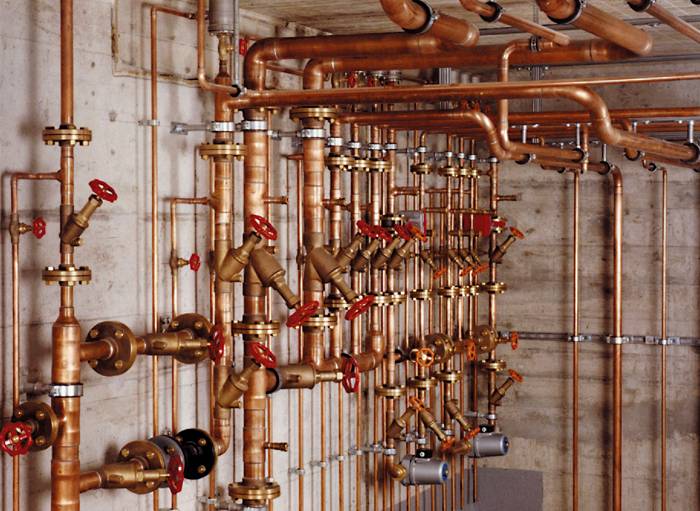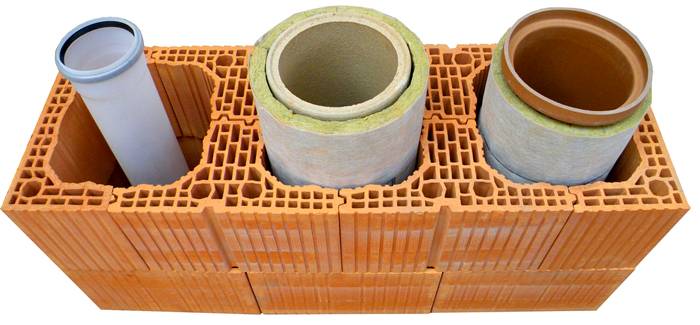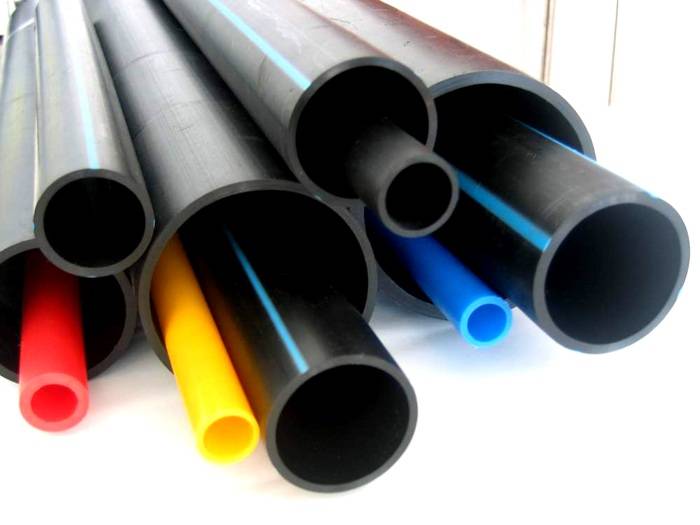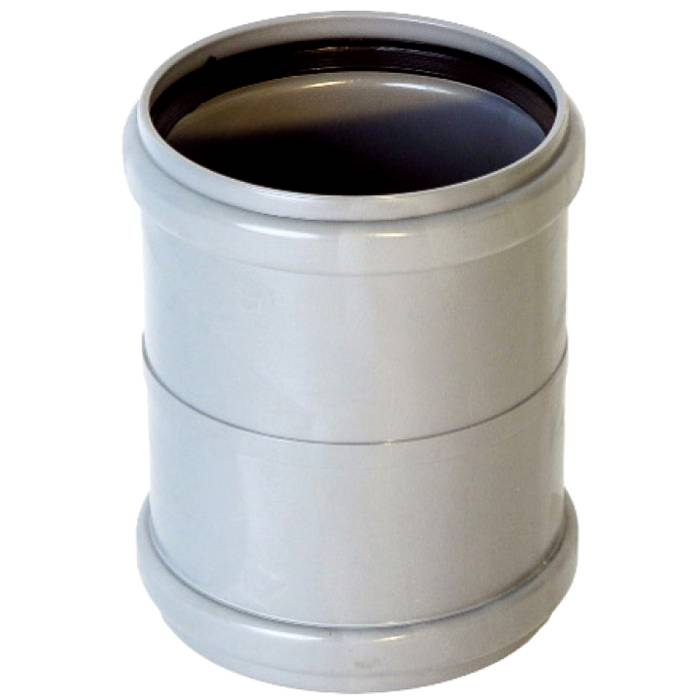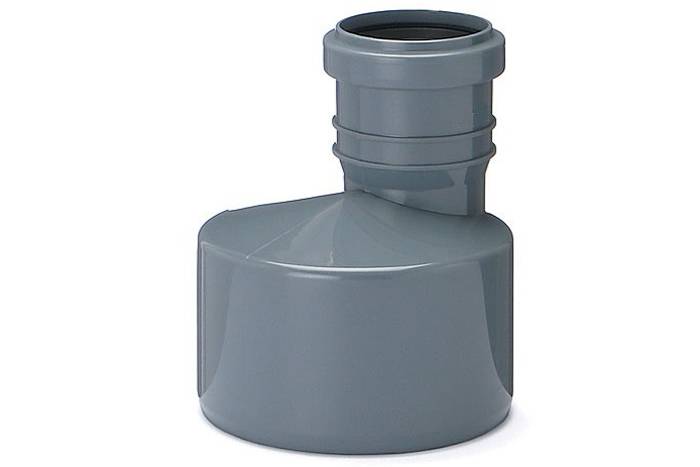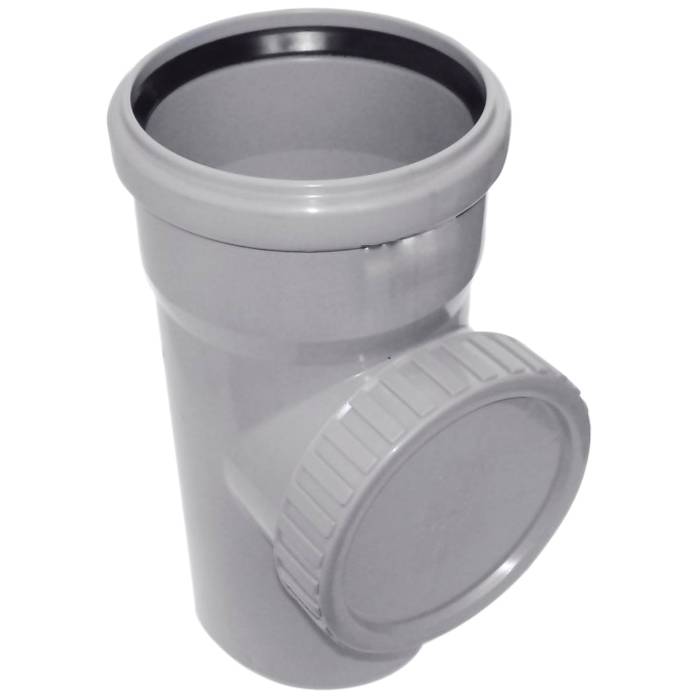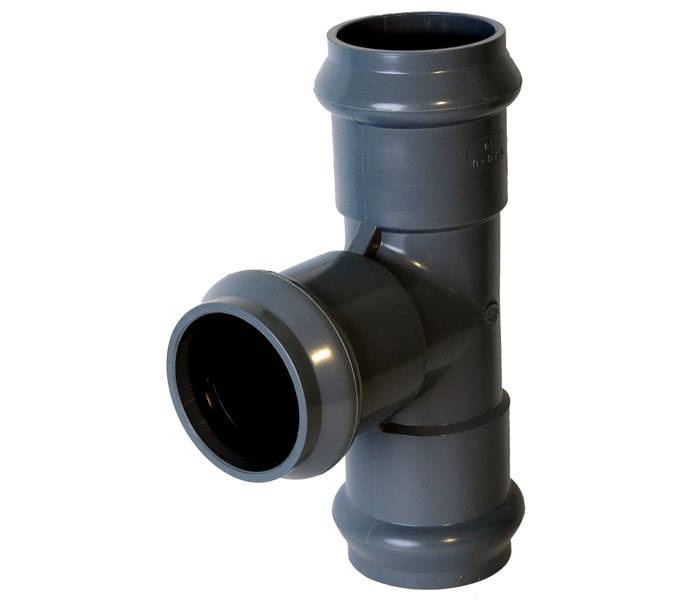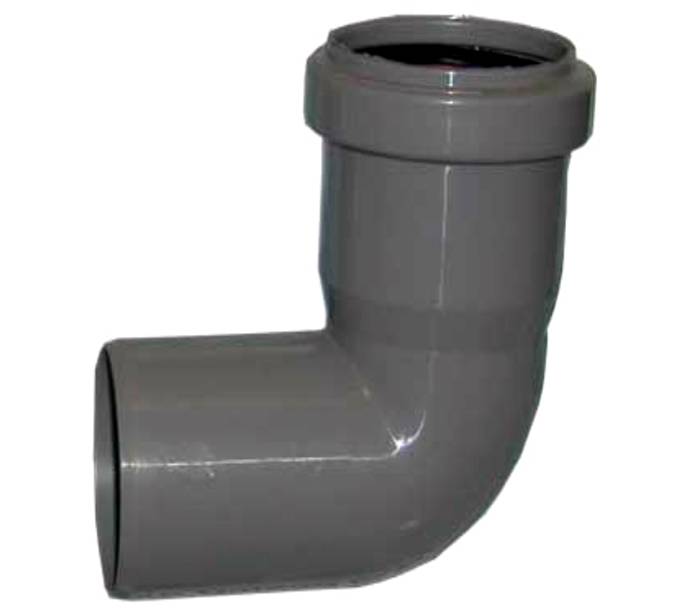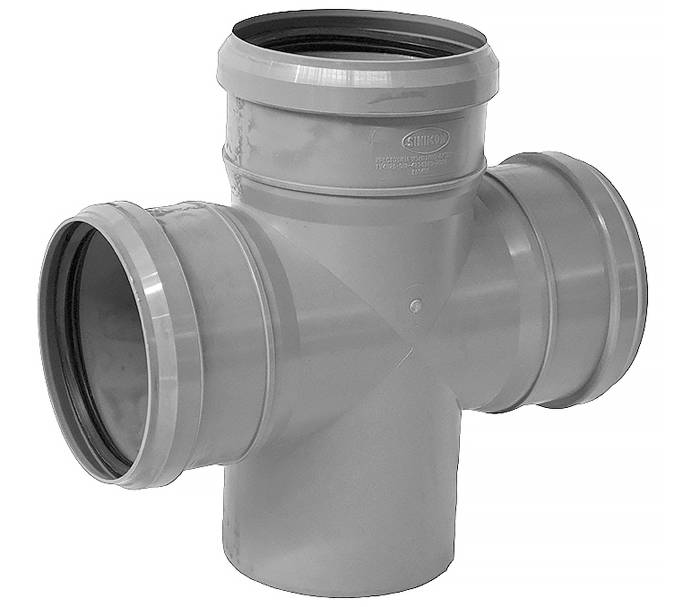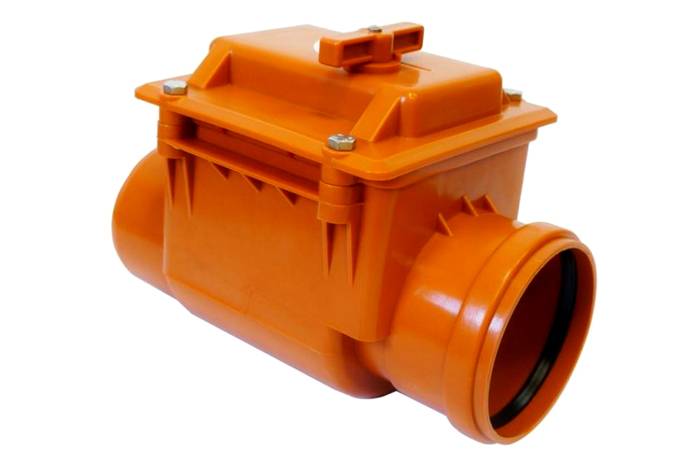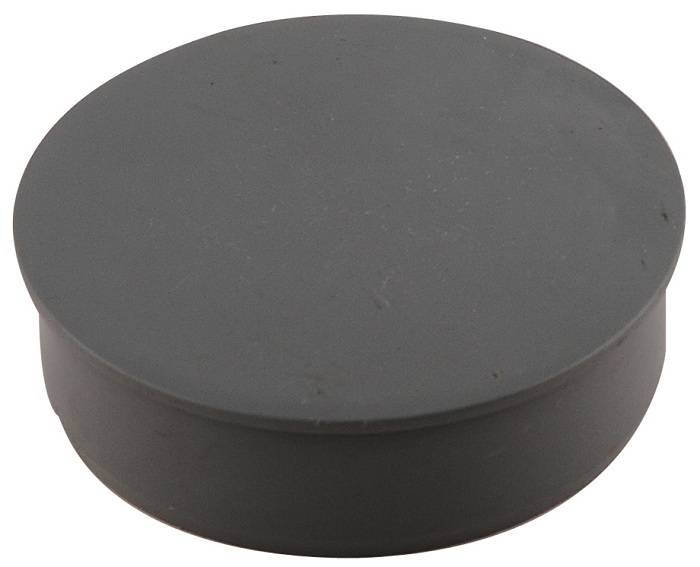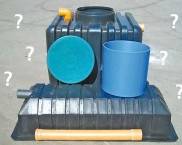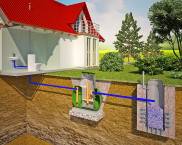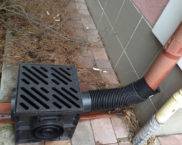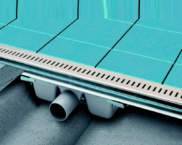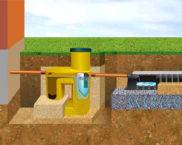How to develop a sewerage scheme in a private house with your own hands
Owning your own home is the dream of many people. There is nothing better than your own corner, provided with all the amenities. Nevertheless, everyone wants to surround themselves with comfort, and the street toilet, together with the need to carry water from a well, is a thing of the past. In this regard, the question has become relevant: "How is a sewage scheme in a private house created with your own hands?"
The content of the article
The most common types
Before starting construction, you need to decide on the type of sewage scheme in a private house. With your own hands, you can create several varieties that will have their own pros and cons.
The most popular are the following varieties:
- Drain well. Simply put, an ordinary pit that accumulates all waste and wastewater. Such a structure is inexpensive, it does not take much time during construction. The sequence of actions is simple - dig a hole at a distance of twenty meters from the house. The calculation of its volume is based on indicators of 0.7 cubic meters per person. It is recommended to use brickwork or concrete rings to strengthen the walls. After that, for additional sealing, the seams are coated with bitumen. The bottom of the pit can be filled with concrete so that the wastewater does not poison the soil. Upon completion of the construction, install a hatch for the subsequent removal of fluid. This is the simplest sewage scheme in private houses, created by the owner himself. However, this arrangement is relevant, rather, for country houses than for a full-fledged living space;
- An equally well-known method is to dig in a closed container. This structure functions according to the same principle as the drain pit. A special tank is buried in the ground, the volume of which is calculated according to the number of people living. The main drain lines are connected to the tank hatch. Waste water accumulates in the tank without polluting the surrounding area.A significant disadvantage of this method can be considered the need for constant cleaning.
- A septic tank is a difficult to construct, but at the same time the most reliable sewage system in a private house, the scheme, the depth of the bookmark and the components of which can guarantee efficient operation for many years. During construction it is necessary to choose a suitable place for the future well. Distance from the house should not be less than twenty meters. Further, the walls of the pit are reliably reinforced with bricks, the recommended masonry thickness is twenty-five centimeters. We carefully concreting the bottom, after which we proceed to laying the drain. Place it level above the water. Do not forget to provide a hole through which the liquid will be removed.
Helpful information! The decision on which option to choose should be based on the funds that you expect to spend on construction. The examples given differ in both the high cost of the elements and the time required.
In addition, the sewerage device in a private house with your own hands depends on the layout of the dwelling and the number of people regularly living in it. Experts recommend placing premises such as a kitchen, bathroom and toilet next to each other. Such a configuration makes it possible to set aside a single collector for their maintenance, through which the waste liquid will flow into septic tank or a sewer.
If the house turns out to be too large, and its layout provides for a significant removal of the kitchen from other rooms with drainage, you will need arrangement of several septic tanks... It is necessary to take care of separate drainage, as well as provide for the possibility of pumping out waste water. Owners two-story houses care should be taken to install risers to provide water to the upper rooms.
Related article:
Drainage system around the house: do it yourself drainage device. In the article, we will consider options for a drainage device, how to make a reliable system with your own hands, the average cost of the work of specialists.
Components that make up the sewerage system for private houses with their own hands
The drainage system consists of basic elements, each of which performs its own functions. The first place in the list is occupied by the communications of the premises. Pipes and hoses located in rooms and performing a drainage function. Laid in rooms with plumbing, at the outlet they are united by a collector through which the waste liquid leaves.
Further, the main functions are assumed by external communications. Outdoor piping is most often dug into the ground or protected by a casing. Separate drains from utility rooms, eg, baths... The main task of this unit is to deliver waste water to the receiving device.
The final stage in the chain is the storage tank, the main function of which is the storage of water and other waste. Depending on the complexity of the system, the receiving device can either simply be filled with water or filter the impurities.
Do-it-yourself sewer laying in private houses: video tips and not only
The first step is to carefully examine the soil layer for special characteristics. When looking for a site for a drain well device, you need to pay attention to:
- Slopes, potholes and other natural depressions on your site;
- Free access to vehicles for cleaning the storage tank;
- Remoteness from utility structures and fences.
In most cases, country houses are used seasonally and do not live there regularly. Therefore, the sewage system in private houses with their own hands can do with a small receiving capacity.
Helpful information! If you adhere to sanitary construction standards, the waste pit must be located at a distance of at least five meters from other buildings. Experienced builders recommend increasing this distance as much as possible to isolate the house from unpleasant odors.
It is best to dig a hole in a low-lying area to provide a natural slope for drainage. Try to avoid this location to avoid accidents.
This video will help you figure out how to draw up a diagram and plan for a drainage system:
Selection of parts and fittings for sewage
The next step in construction is the selection of components. The durability and quality of the entire system will depend on the quality of the fittings and other parts you choose.
Going to a specialized store, you need to know that the pipeline is divided into external and internal. The first combines high conductivity, resistance to high and low temperatures, as well as chemical and biological substances. These communications must freely pass water and be sealed to the outlet manifold.
The external piping has the same qualities, with the addition of specific features. Its surface can withstand the load of the earth, because such communications are buried to a depth of two meters. In addition, these pipes are absolutely sealed and meet international technical parameters.
When choosing communications, pay attention to the material from which they are made. There are the following types:
- Cast iron;
- Steel;
- Copper;
- Reinforced concrete;
- Asbestos-cement;
- Ceramic;
- Plastic.
Each material has specific characteristics suitable for certain conditions.
In addition to the main "arteries", fittings are also important. These parts are used to connect the laid pipes to the drainage system.
To perform various functions, such varieties are provided as:
- Couplings - used to connect pipe sections;
- Reductions - for connecting ends of different diameters;
- Revisions - to remove blockages and dirt;
- Tees - to create branches;
- Elbows - to create turns;
- Crosspieces - to create complex knots;
- Check valve - to protect the system from the penetration of waste fluid;
- Plugs - to block communication.
Helpful information! The choice of fittings will depend on the material of the home system. The most popular are PVC parts, loved by people for their practicality and durability.
Conclusion
As we were able to make sure it is quite possible to provide all the amenities and sewage in a private house. The price of the issue will fluctuate depending on the materials used and the chosen scheme. Performing construction work yourself, you may well keep within twenty thousand.
In this video you can familiarize yourself with the instructions for installing external and internal communications.
Video: how to properly lay sewer pipes












